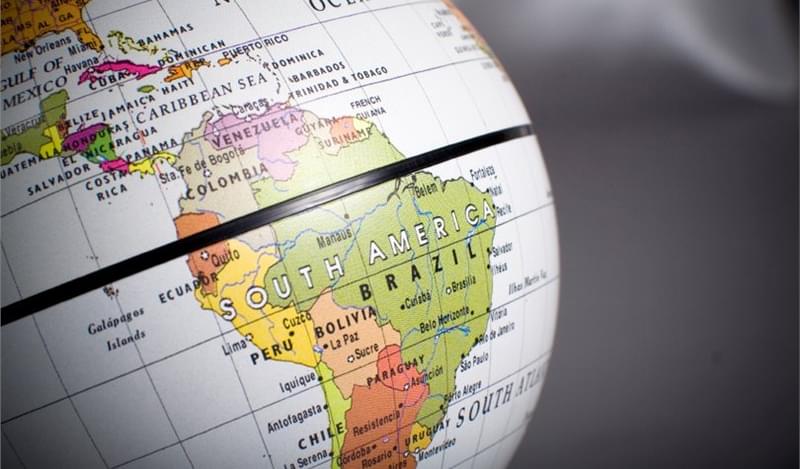Notably, all of these countries have something in else in common; they are often seen as "serial defaulters" by financial observers for past failures to service their external debts, on more than one occasion.
Argentina is the most prominent case, having suspended its debt payments in 2001, amid a sweeping economic crisis; consequently, they were shunned by the international markets for 15 years.
However, since its return on the debt scene in 2016, Argentina has taken the market by storm. The first bond sale took place in April last year with a US$16.5bn issuance that was very well received by investors.
It was followed up by a US$2.6bn second note in July that same year. Now the government is preparing to go through with a further US$5bn issuance, with the finance minister Luis Caputo hinting that it might look to sell up to US$21bn of debt just in 2017.
Ecuador's track record is also somewhat patchy; the oil producer nation spent more than half its existence in a state of default. The most recent one occurred in 2008, when President Rafael Correa said the country would default on a bond payment he considered illegal.
“The money needs to go the people first and then the debt,” Correa said at the time. Six months later it bought most of the debt back at 35 cents on the dollar. However, it continued payments on a separate US$650mn bond that matured in 2015.
As the country was stayed out of the financial markets for years, it relied heavily on China's loans and investment to meet its financial needs. But as the oil prices collapsed, Ecuador’s economic woes forced it to seek alternative sources of financing.
Still, with such a poor credit history does not seem to put off international investors; the sovereign has now raised US$3.75bn through dollar bond sales over the last six months.
According to Jan Dehn, Head of Researcher for Ashmore Investment Management, there are two typical reasons for countries defaulting: unwillingness to pay and inability to pay. In Ecuador's case neither seems to be a problem at the moment.
Ecuador’s high-yielding notes, some reaching the 7% mark, have been a hit with foreign investors
Venezuela has defaulted ten times in its recent history, with the most default occurring in 2004. And now as the world’s biggest oil- producer is going through economic and political turmoil, some have called into question their ability service old debt.
“There is some concern regarding Venezuela's ability to pay, but also there is certainly a willingness to pay,” Dehn said, while adding that the OPEC member’s sovereign bonds gave the best returns in 2016 of all the Latin American states.
Usual suspects
The case of Argentina is different and more complex, as many as of the country’s debt problems can be traced down to constitutional impasses.
Regional governments are allowed to issue their own debt, and as this debt grows over time, and the provinces are unable to make payments on it, the federal authorities are forced to intervene. This debt continues to accumulate, driven by high public spending, until the country can no longer sustain it – that is how the 2001 debt crisis played out.
“There is an imbalance of power between provinces and the federal government,” Dehn suggested, and while he believes that another Argentinean default is “likely” to happened again, it is improbable to occur in the next ten years.
“Investors should bear in mind that when Argentina’s debt reaches a certain point they should reduce their exposure in this country” he concluded.
However, Eric Ritondale, Chief Economist at Econviews, disagreed with this assessment; while he admitted that the provinces played a significant role in the 2001 crisis, he also felt that the Latin American country has taken the necessary steps to prevent it.
“Argentina’s reality is very different today, and the government is encouraging the provinces to be more fiscally responsible,” he said.
Ritondale also explained that while in 2016 the provinces were free to issue as many notes as they wanted, after an agreement signed by the local authorities and the government, starting in 2017, the provinces will need to coordinate their debts with the federal government.
The economist believes that neither Ecuador nor Argentina pose a serious threat to investors. However, he pinpoints Brazil as the riskiest asset in the region.
Brazil, Latin America largest economy, which has defaulted on nine separate occasions, is currently going through a recession, has a high fiscal deficit and a high external debt.
“Amongst all the countries in the region, the one that worries me the most is Brazil; the government will need to act swiftly and actively if they intend to stay afloat,” Ritondale remarked.
So even as investors and analysts predict an active year for the Latin American bond market, it is important to keep in mind that the region has the most severe history of series defaulting in the world.









